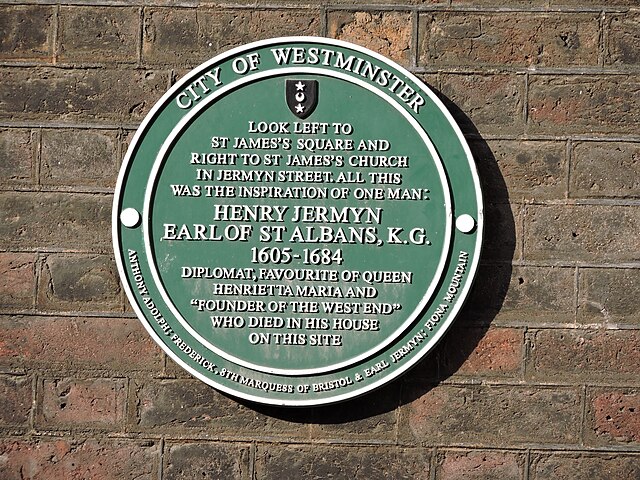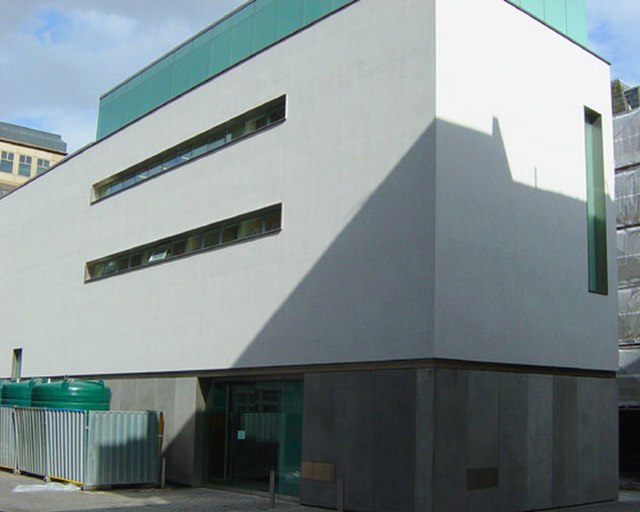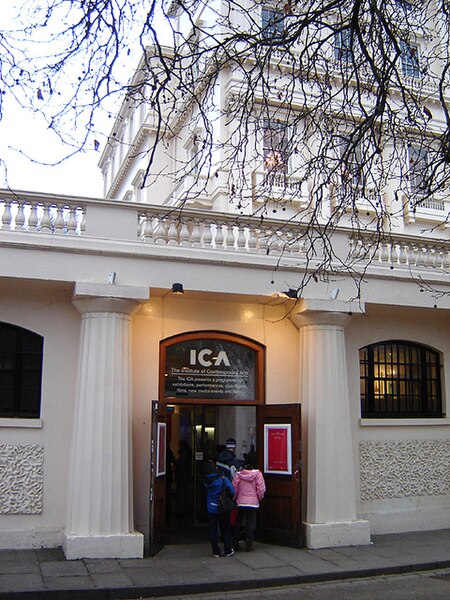Lancaster House is a mansion on The Mall in the St James's district in the West End of London. Adjacent to The Green Park, it is next to Clarence House and St James's Palace, as much of the site was once part of the palace grounds. Initially planned for Prince Frederick, Duke of York and Albany, it was ultimately completed by the Duke of Sutherland, as an aristocratic townhouse in the early 19th century, and known for its lavish interiors. Gifted to the government in the early 20th century, it houses the government's wine cellars and was home to the London Museum until World War II. Now used for diplomatic receptions and related functions by the Foreign Office, it is a historic Grade I listed building.
Lancaster House
The central hall and principal staircase of Lancaster House by Joseph Nash, 1850
A plan of the principal floor in 1827. Only minor alterations have been made to the layout of this storey since then.
St James's is a central district in the City of Westminster, London, forming part of the West End. The area was once part of the northwestern gardens and parks of St. James's Palace. During the Restoration in the 17th century, the area was developed as a residential location for the British aristocracy, and around the 19th century was the focus of the development of their gentlemen's clubs. Once part of the parish of St Martin in the Fields, much of it formed the parish of St James from 1685 to 1922. Since the Second World War the area has transitioned from residential to commercial use.
Fortnum & Mason flagship store, Piccadilly
City of Westminster green plaque for Henry Jermyn, Earl of St Albans (1605–1684), located in Duke of York Street, London SW1
White Cube gallery in Mason's Yard, St James's
Institute of Contemporary Arts







